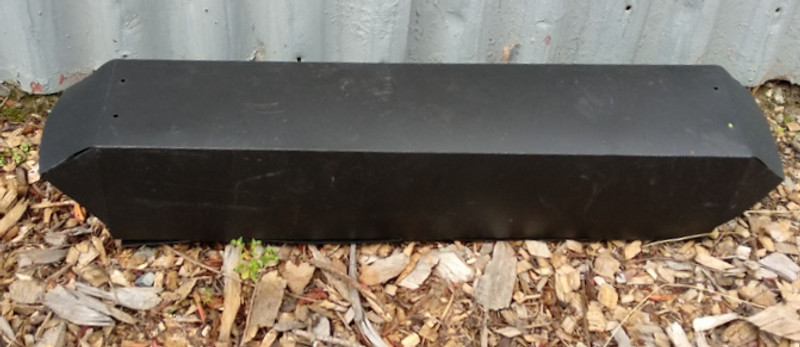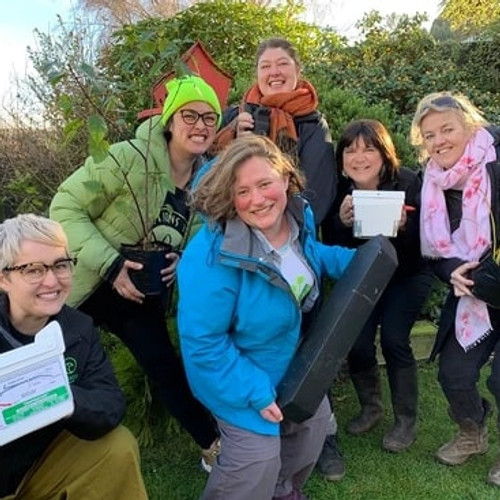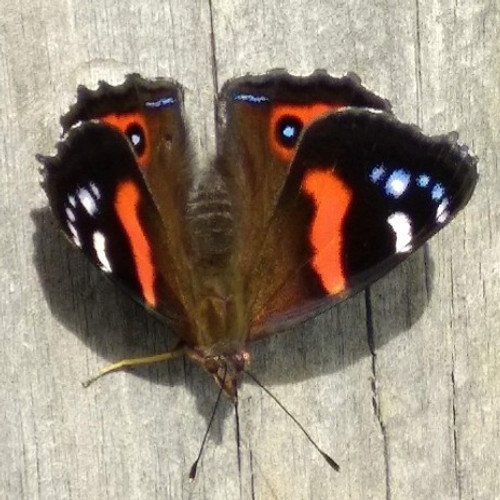Mammal Musings
Throughout my walks over the last few weeks, I have been enchanted by the sight and sounds of many native and introduced bird species, which got me thinking more about some of the mammals living in New Zealand that we don’t often see.
New Zealand Indigenous Mammals
After watching the “So you want to be a bat-spotter” webinar from Predator Free New
Zealand, I found out a little more about our native mammal species. We only have two species of native land mammals in New Zealand, both of these being bats (long-tailed and short-tailed bats) or pekapeka in Te Reo Māori. Bats used to be common throughout New Zealand and we once had the South Island Long-tailed bat here in Dunedin! Unfortunately, due to habitat destruction, predation and human disturbance, our bats have become endangered and now have highly restricted ranges. We are quite lucky to have bats nearby in the Catlins, and there are some lucky city dwellers in the North Island who have bats visiting their backyards!
For a fun bat activity and learn more about bats, join Emily from the Otago Museum to create your own Bat Wrap!
We also have several species of marine mammals in New Zealand, such as whales, dolphins, sea lions and seals, with some of these only seen in southern areas.
Introduced Mammalian Predators
There are many other mammal species living in New Zealand, some of them are often referred to as “introduced mammalian predators”. Introduced mammalian predators are animals that have been brought here by people, are mammals and will naturally eat other animals. Many of these animals were brought to New Zealand for a fur industry (e.g. brushtail possums), biological control (e.g. stoats, ferrets, weasels), nostalgia (e.g. hedgehogs), companions (e.g. dogs, cats) or as stowaways (e.g. rats and mice).
Introduced mammalian predators generally hunt on the ground, and use hunting strategies that New Zealand wildlife are poorly adapted to defend themselves against. Many introduced mammalian predators can be carnivorous or omnivorous, either requiring to eat a strict meat based diet or able to eat many different kinds of foods respectively. Since a lot of native New Zealand bird species are ground nesting, they are particularly vulnerable to predation on the nest. Introduced mammalian predators are also often nocturnal (most active at night) so you may have a frequent introduced mammalian predator visitor to your backyard and not know! We do have native predators in New Zealand (e.g. many bird species such as the New Zealand falcon). However, these native predators fulfill a unique role in our ecosystem and are important for normal ecosystem functioning.
How do I know if introduced mammalian predators visit my backyard?
We can use tracking tunnels to identify which introduced mammalian predators are visiting and where they like to hang out. Tracking tunnels have an inkpad to record animal footprints - with each species having different footprints. Usually a tasty treat like peanut butter or chocolate is used to entice the animal into the tunnel.
You can make your very own tracking tunnel using materials you might find around the house!
Check out the milk bottle tracking tunnel design or the cardboard design to make your own!
What do animal footprints look like?
There are a few different kinds of footprints you may find in your tunnel. You may find rodent footprints, mustelid footprints, possum footprints, hedgehog footprints or something else! Check out the drawings from the Pest Detective webpage and you can use the information and resources to help identify your culprit!
Using your best Pest Detective skills, can you Identify which animal has left their footprints in the photo below?
What can I do?
Once you know which introduced mammalian predators are visiting, you can know how to manage them using specially designed traps, depending on the culprit will change which trap you need to use. Visit Predator Free New Zealand's site all about Trapping best practice.
Keep a look out for our next TRAPBOX making workshop to make trapboxes for rat traps, coming soon with thanks from the Kiwibank Predator Free Community programme!







